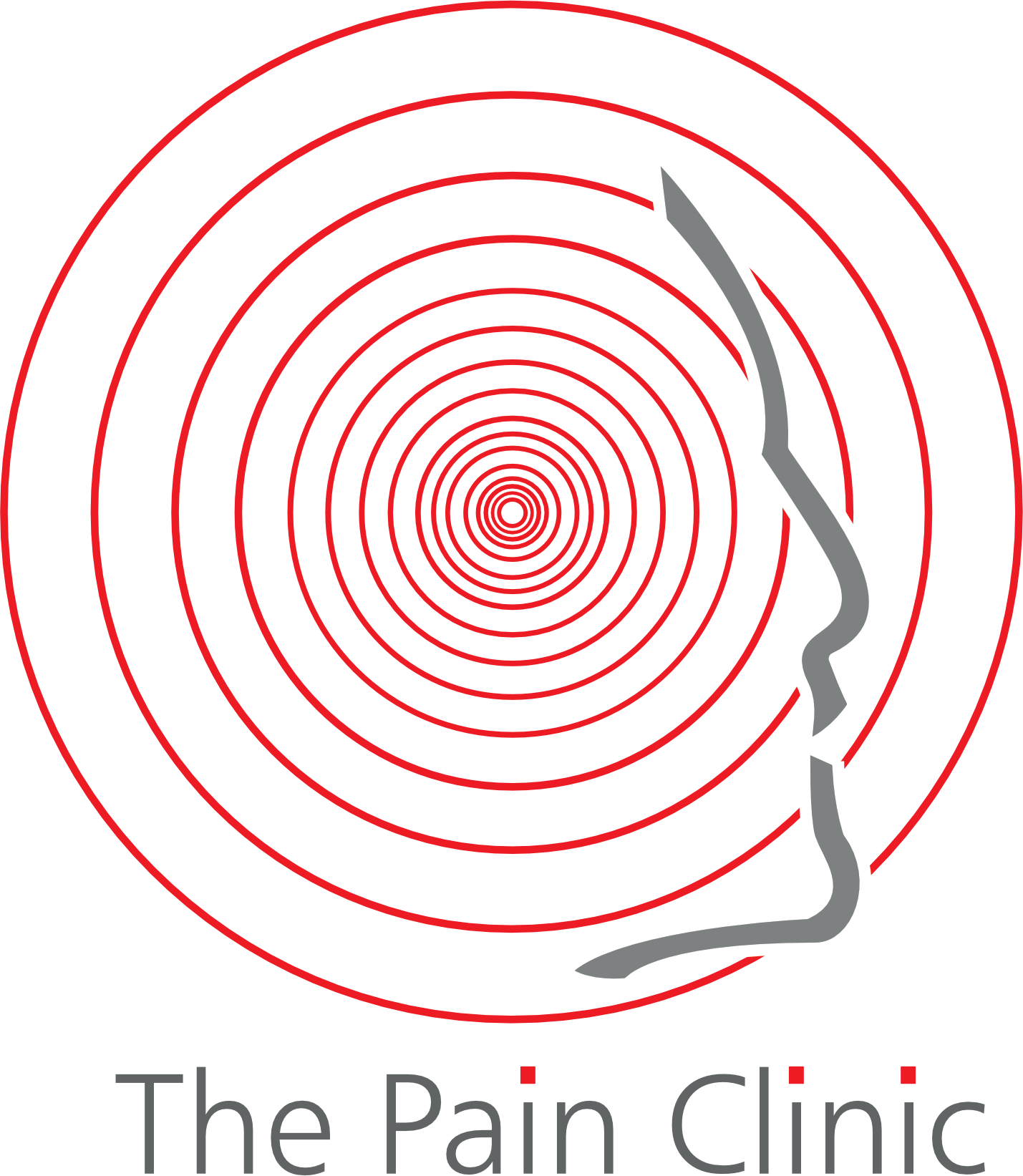Complex Regional Pain Syndrome
Complex regional pain syndrome (CRPS) is a chronic pain condition that typically affects a limb (arm, leg, hand, or foot) after an injury or trauma. It is also sometimes referred to as reflex sympathetic dystrophy syndrome (RSD).
The exact cause of CRPS is not fully understood, but it is thought to be related to abnormal nervous system activity and inflammation. It can occur after an injury, surgery, stroke, heart attack, or other medical conditions.
Symptoms of CRPS may include:
Intense, burning pain that is out of proportion to the severity of the injury Swelling, redness, or warmth in the affected area
Stiffness or limited range of motion in the affected limb
Skin changes, such as thinning or shiny skin, or changes in hair or nail growth Abnormal sweating or temperature changes in the affected limb
Muscle spasms or tremors
There are two main types of CRPS: type 1, which occurs after an injury or trauma but with no confirmed nerve damage, and type 2, which occurs after a confirmed nerve injury.
Treatment for CRPS typically involves a combination of medications, physical therapy, and other pain management techniques. Medications such as nonsteroidal anti-inflammatory drugs (NSAIDs), corticosteroids, and opioids may be used to manage pain and inflammation. Physical therapy can help to improve range of motion, reduce stiffness, and improve circulation. Other pain management techniques such as nerve blocks, spinal cord stimulation, or intravenous ketamine may also be used.
Early diagnosis and treatment are important in managing the symptoms of CRPS. If you suspect you may have CRPS, it is important to seek medical attention from a healthcare provider experienced in diagnosing and treating this condition.
